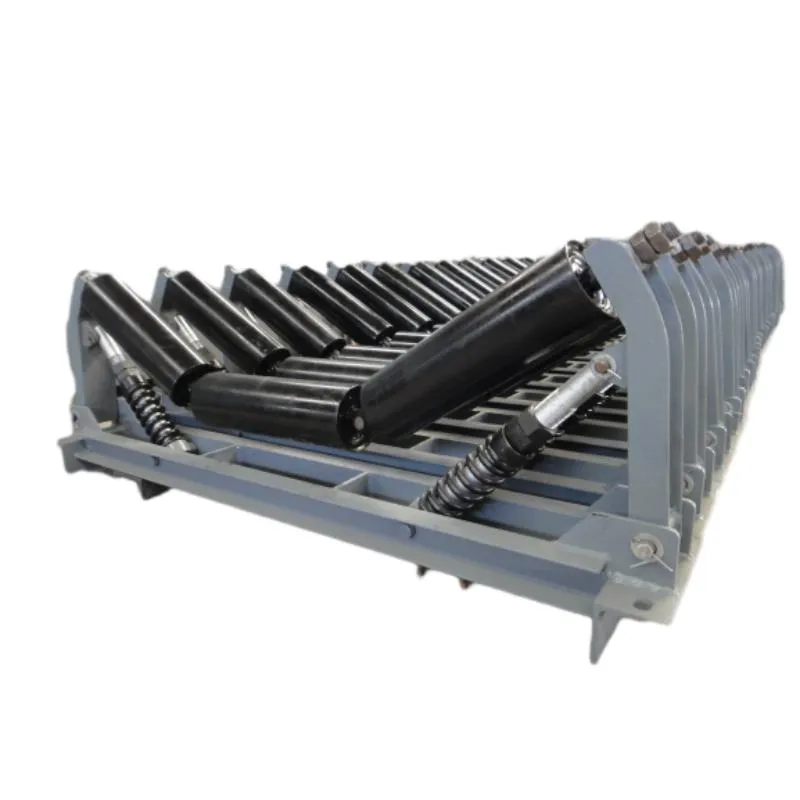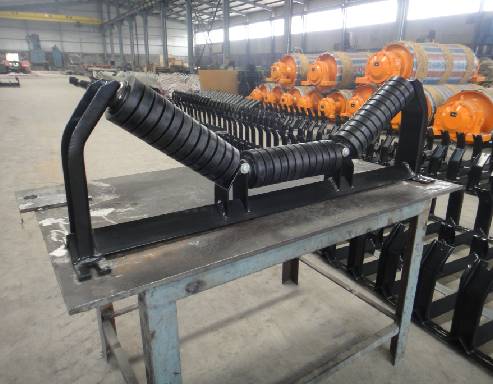 Afrikaans
Afrikaans  Albanian
Albanian  Amharic
Amharic  Arabic
Arabic  Armenian
Armenian  Azerbaijani
Azerbaijani  Basque
Basque  Belarusian
Belarusian  Bengali
Bengali  Bosnian
Bosnian  Bulgarian
Bulgarian  Catalan
Catalan  Cebuano
Cebuano  Corsican
Corsican  Croatian
Croatian  Czech
Czech  Danish
Danish  Dutch
Dutch  English
English  Esperanto
Esperanto  Estonian
Estonian  Finnish
Finnish  French
French  Frisian
Frisian  Galician
Galician  Georgian
Georgian  German
German  Greek
Greek  Gujarati
Gujarati  Haitian Creole
Haitian Creole  hausa
hausa  hawaiian
hawaiian  Hebrew
Hebrew  Hindi
Hindi  Miao
Miao  Hungarian
Hungarian  Icelandic
Icelandic  igbo
igbo  Indonesian
Indonesian  irish
irish  Italian
Italian  Japanese
Japanese  Javanese
Javanese  Kannada
Kannada  kazakh
kazakh  Khmer
Khmer  Rwandese
Rwandese  Korean
Korean  Kurdish
Kurdish  Kyrgyz
Kyrgyz  Lao
Lao  Latin
Latin  Latvian
Latvian  Lithuanian
Lithuanian  Luxembourgish
Luxembourgish  Macedonian
Macedonian  Malgashi
Malgashi  Malay
Malay  Malayalam
Malayalam  Maltese
Maltese  Maori
Maori  Marathi
Marathi  Mongolian
Mongolian  Myanmar
Myanmar  Nepali
Nepali  Norwegian
Norwegian  Norwegian
Norwegian  Occitan
Occitan  Pashto
Pashto  Persian
Persian  Polish
Polish  Portuguese
Portuguese  Punjabi
Punjabi  Romanian
Romanian  Russian
Russian  Samoan
Samoan  Scottish Gaelic
Scottish Gaelic  Serbian
Serbian  Sesotho
Sesotho  Shona
Shona  Sindhi
Sindhi  Sinhala
Sinhala  Slovak
Slovak  Slovenian
Slovenian  Somali
Somali  Spanish
Spanish  Sundanese
Sundanese  Swahili
Swahili  Swedish
Swedish  Tagalog
Tagalog  Tajik
Tajik  Tamil
Tamil  Tatar
Tatar  Telugu
Telugu  Thai
Thai  Turkish
Turkish  Turkmen
Turkmen  Ukrainian
Ukrainian  Urdu
Urdu  Uighur
Uighur  Uzbek
Uzbek  Vietnamese
Vietnamese  Welsh
Welsh  Bantu
Bantu  Yiddish
Yiddish  Yoruba
Yoruba  Zulu
Zulu Jan . 26, 2025 02:30
Back to list
Return Idler Bracket
Conveyor mounting brackets play a critical role in the industrial and manufacturing sectors, proving indispensable for the seamless operation of conveyor systems. These crucial components secure conveyor systems in place, ensuring operational stability and efficiency. When addressing the needs associated with conveyor mounting brackets, it is essential to understand their influence not only on the machinery but also on the operational outcomes they support.
The domain of conveyor systems, continuously evolving with advancing technology, calls for authoritative sources providing guidance on the latest bracket innovations. Technical whitepapers, industry reports, and case studies from reputable engineering firms can serve as valuable resources for understanding the best practices in selecting and utilizing conveyor mounting brackets. Staying updated with these sources ensures access to cutting-edge developments that can enhance operational efficiency. When considering trustworthiness in the context of conveyor mounting brackets, one must look at manufacturers with proven track records for quality and reliability. Companies with ISO certification or other recognized quality management endorsements tend to offer products that meet stringent manufacturing standards, ensuring consistency and reliability in their performance. Trust is further reinforced by endorsements from third-party testing agencies that validate the safety and efficiency of the mounting brackets before they reach the market. Customer reviews and testimonials also play an influential role in establishing the trustworthiness of conveyor mounting bracket suppliers. Feedback from industry peers can provide insights into the practical benefits and potential pitfalls of specific product offerings. Engaging with communities and forums where industrial and manufacturing professionals exchange experiences can uncover firsthand accounts of product reliability and customer service, allowing new users to make informed purchasing decisions. Ultimately, the selection and application of conveyor mounting brackets is a nuanced task that requires careful consideration of multiple factors including material quality, design flexibility, manufacturer credibility, and user experience. As we look to optimize these critical components, it is essential to balance technical specifications with operational needs to achieve the best outcome for conveyor operations. In doing so, businesses can ensure not only the longevity of their conveyor systems but also the sustained efficiency and productivity essential for remaining competitive in a demanding marketplace.


The domain of conveyor systems, continuously evolving with advancing technology, calls for authoritative sources providing guidance on the latest bracket innovations. Technical whitepapers, industry reports, and case studies from reputable engineering firms can serve as valuable resources for understanding the best practices in selecting and utilizing conveyor mounting brackets. Staying updated with these sources ensures access to cutting-edge developments that can enhance operational efficiency. When considering trustworthiness in the context of conveyor mounting brackets, one must look at manufacturers with proven track records for quality and reliability. Companies with ISO certification or other recognized quality management endorsements tend to offer products that meet stringent manufacturing standards, ensuring consistency and reliability in their performance. Trust is further reinforced by endorsements from third-party testing agencies that validate the safety and efficiency of the mounting brackets before they reach the market. Customer reviews and testimonials also play an influential role in establishing the trustworthiness of conveyor mounting bracket suppliers. Feedback from industry peers can provide insights into the practical benefits and potential pitfalls of specific product offerings. Engaging with communities and forums where industrial and manufacturing professionals exchange experiences can uncover firsthand accounts of product reliability and customer service, allowing new users to make informed purchasing decisions. Ultimately, the selection and application of conveyor mounting brackets is a nuanced task that requires careful consideration of multiple factors including material quality, design flexibility, manufacturer credibility, and user experience. As we look to optimize these critical components, it is essential to balance technical specifications with operational needs to achieve the best outcome for conveyor operations. In doing so, businesses can ensure not only the longevity of their conveyor systems but also the sustained efficiency and productivity essential for remaining competitive in a demanding marketplace.
Next:
Latest news
-
Revolutionizing Conveyor Reliability with Advanced Rubber Lagging PulleysNewsJul.22,2025
-
Powering Precision and Durability with Expert Manufacturers of Conveyor ComponentsNewsJul.22,2025
-
Optimizing Conveyor Systems with Advanced Conveyor AccessoriesNewsJul.22,2025
-
Maximize Conveyor Efficiency with Quality Conveyor Idler PulleysNewsJul.22,2025
-
Future-Proof Your Conveyor System with High-Performance Polyurethane RollerNewsJul.22,2025
-
Driving Efficiency Forward with Quality Idlers and RollersNewsJul.22,2025
OUR PRODUCTS





























